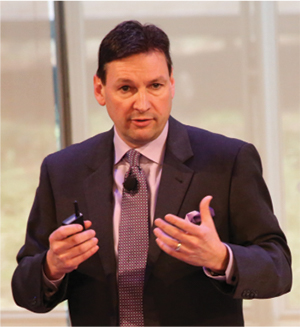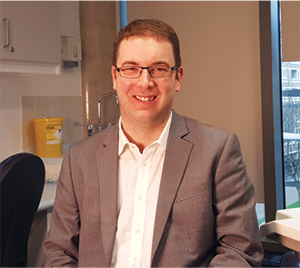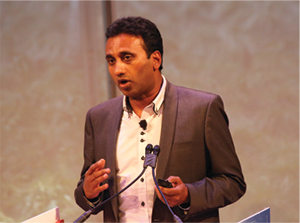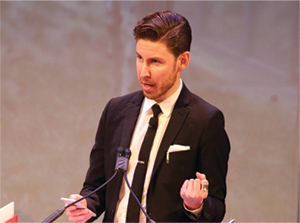| |  |
| | Review of Optometry’s Paul Karpecki, OD, FAAO, outlined a project called Ophthalmic Resources, in which patient information is collected in an EMR and an algorithm is used to help determine the best treatment. |
| | |
| |  |
| | Pearse A. Keane, MD, FRCOphth, consultant ophthalmologist at Moorfi elds Eye Hospital in London (above) appeared in a video interview with VM’s Andrew Karp. Keane discussed how Moorfi elds’ collaboration with Google’s DeepMind, a leader in AI research, is helping to advance vision care. |
| | |
| |  |
| | Kovin Naidoo, OD, PhD, FAAO, CEO, Brien Holden Vision Institute spoke about using data to manage eye conditions around the world. |
| | |
| |  |
| | Cool Doctors’ John Gelles, OD, FIAO, FCLSA, emphasized that using telemedicine like Eyecarelive enables a “hybrid office,” combining physical and virtual care. |
| | |